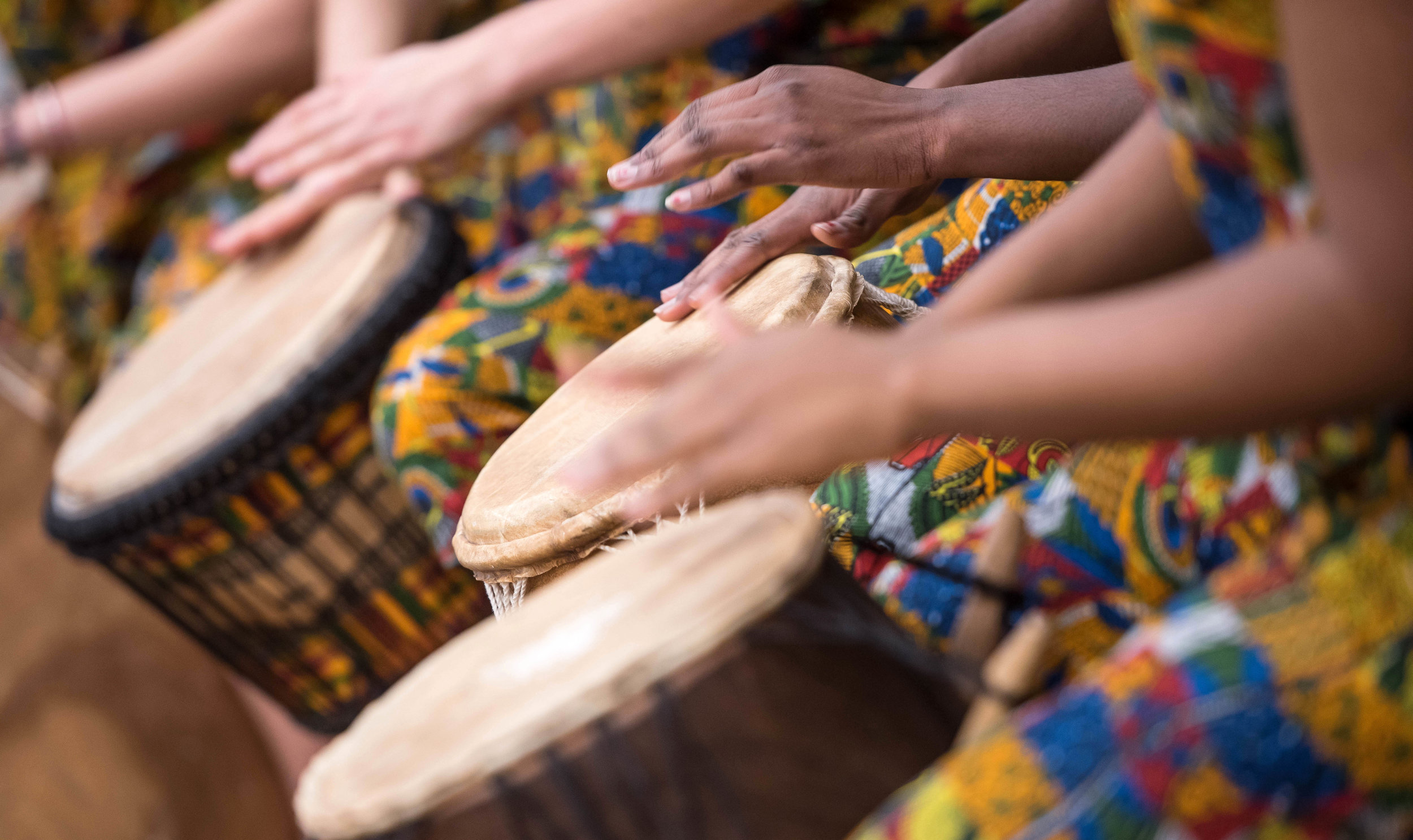

The footwork is open to any interpretation. Advanced dancers can do any kind of footwork. Except for needing to move, which foot moves is unimportant. Faster music forces dancers to be more creative in their application of style, or possibly use simpler variations depending on the skill of the dancer.įollow: Follow may mirror the lead with her arm, feet, and head styling, or she may do the opposite of the lead, or she can do something independent of the lead.įootwork: For advanced dancers, footwork is largely independent of body work. Tempo: Slower music gives dancers more time to play, more time for style and variations. Unlike most ballroom dances which tend to use the music as a metronome to guide the dance, Lindy Hop and West Coast swing view matching your dancing to the spirit/mood of the music is the highest goal achievable. This is also a key characteristic of improvised swing dancing.

This is especially true in choreography, where dancers plan a routine of dance moves, sometimes with a specific song in mind. Dancers usually step on the beats of the music, and may vary the size of their movements with the volume of the music. Musicality refers to fitting a dance to the music being played, with the goal of relating the dance to the music's rhythm, melody, and mood. One usually differentiates between three types of musicality: To be able to perceive music (musical receptivity), to be able to reproduce music as well as creating music (musical creativity). The word also refers to the quality or state of being musical (aka melodiousness.) A musical person has the ability to perceive differences in pitch, rhythm and harmonies.

Musicality is a noun that means sensitivity to, knowledge of, or talent for music.


 0 kommentar(er)
0 kommentar(er)
